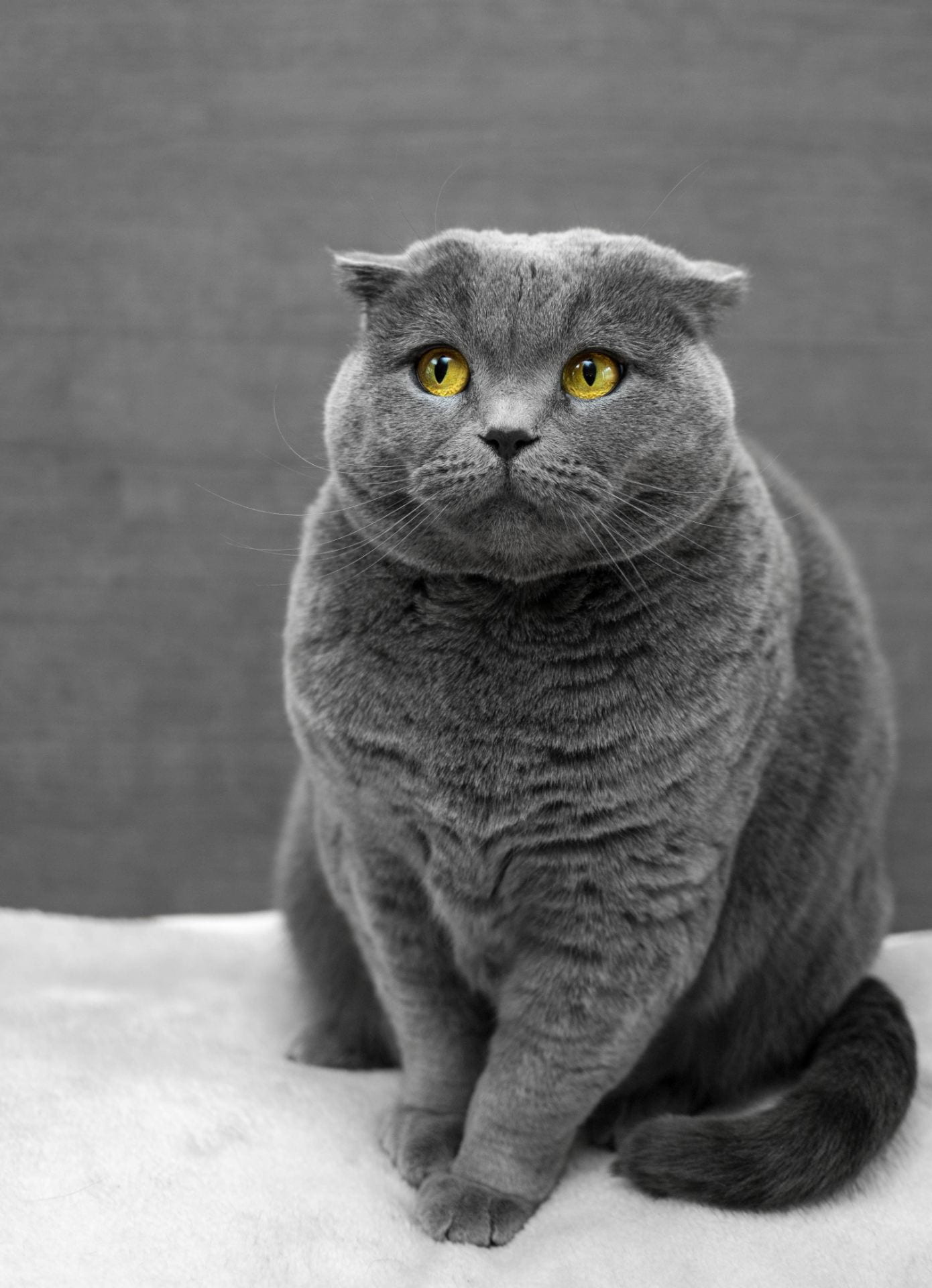It’s Halloween, a time that some associate with black cats and other mysterious creatures that lurk in the shadows. At NSU, we are aware of the feral cat population that lingers around outside the dorms and other popular campus locations, such as the University Center or the parking lots. Now, whether you are the type to try and feed or pet these seemingly innocent creatures or you tend to stay away, there is some important information that you should know.
There are two types of cat populations in our NSU community: feral cats and stray cats. Strays are domesticated cats with an owner, but wander or are let out to explore. Feral cats were either once strays, but have since adapted to the natural environment or those who have never had or had little interaction with humans, and more specifically, were born in nature. According to the Florida Fish and Wildlife Commission (FWC), there are an estimated 60 to 100 million homeless strays and feral cats in the United States, with an estimated 9.6 million of which live in Florida. Feral cats are a non-native, invasive species in the landscape as technically, cats aren’t native to the United States.
Domesticated cats are descendants of the wild cat of Africa and southwest Asia and were domesticated by the Egyptians roughly 4,000 years ago. Those wild instincts are still very much intact in their nature and behavior, as even cats who are well-fed still hunt and kill various small games such as mice, lizards and especially birds. A study published in 2013 found that cats in the United States kill an estimated 1.3 to four billion birds annually, with 69% of these kills caused by feral cats. It is also estimated that a single free-ranging cat may kill 100 or more birds and other mammals per year. But we don’t only have to look at statistics to see the impact that these predators can have on the environment. Over 100 years ago, one cat named Tibbles on Stephens Island in New Zealand single-handedly eradicated an entire species of the previously undiscovered Lyall’s Wren, a new species in the Wren family.
“Most people think [when they see stray or feral cats] that ‘awe, it doesn’t have a home, it’s not going to make it. But, that is just a totally incorrect assumption. Cats are the most carnivorous of the carnivores. They are one of the most efficient predators we have on the planet and they can definitely sustain themselves. We don’t want them to kill everything, but they are going to kill no matter what,” said Paul Arena, assistant professor in the Department of Biological Sciences.
Now, cat’s don’t only pose a threat to wildlife through hunting practices, but they pose a threat as harborers of diseases.
“These animals harbor diseases that can be transmitted to humans and other mammals. Different types of parasitic worms, rabies and toxoplasma can be transmitted. By attracting or interacting with these animals, there is a higher chance of the disease to transfer,” said Arena.
In light of these issues, the FWC has enacted the Feral and Free-Ranging Cats policy which serves to protect native wildlife from predation, diseases and other impacts presented by feral cats. This has encouraged places like Broward County to enact two Community Cat Management programs with a focus on sterilization: the Trap-Neuter-Return (TNR) and the Return to Field (RTF) program.
More specifically, NSU has been working with Broward County, alongside the Broward County Animal Shelter, as part of this community cat program for the past four years. To date, NSU has successfully TNR’d 30 feral cats on campus.This involves the humane trapping of these community cats by residents or in this case, physical plant employees, which then bring the cat to the Broward County Animal shelter to be sterilized, vaccinated for rabies, ear-notched and then returned back to NSU’s campus.
Students interested or who have questions about Community Cat Programs are encouraged to email CommunityCats@Broward.org for more information. For students interested in learning about NSU’s feral cat population and their involvement in the program, they are encouraged to reach out to Seth Mangasarian, director of physical plant by email at smangasari@nova.edu.


